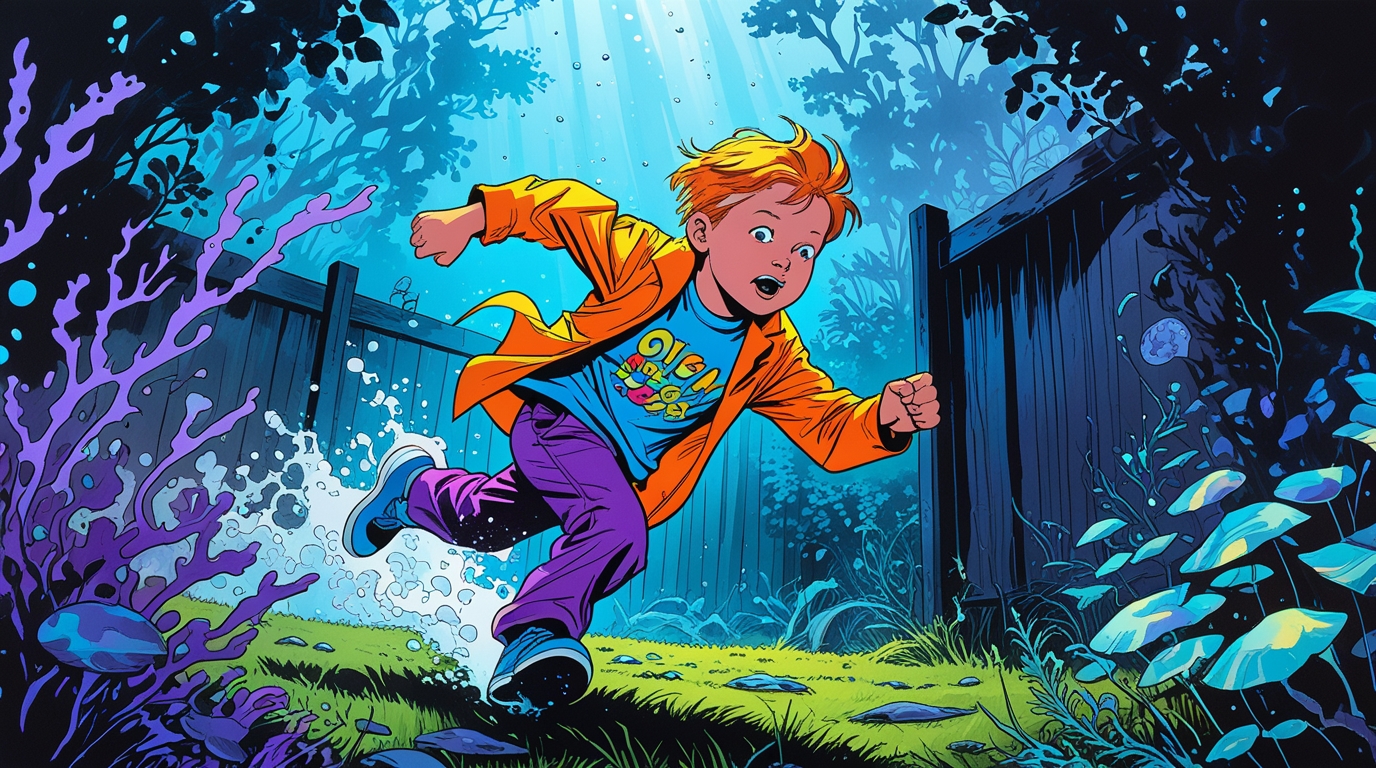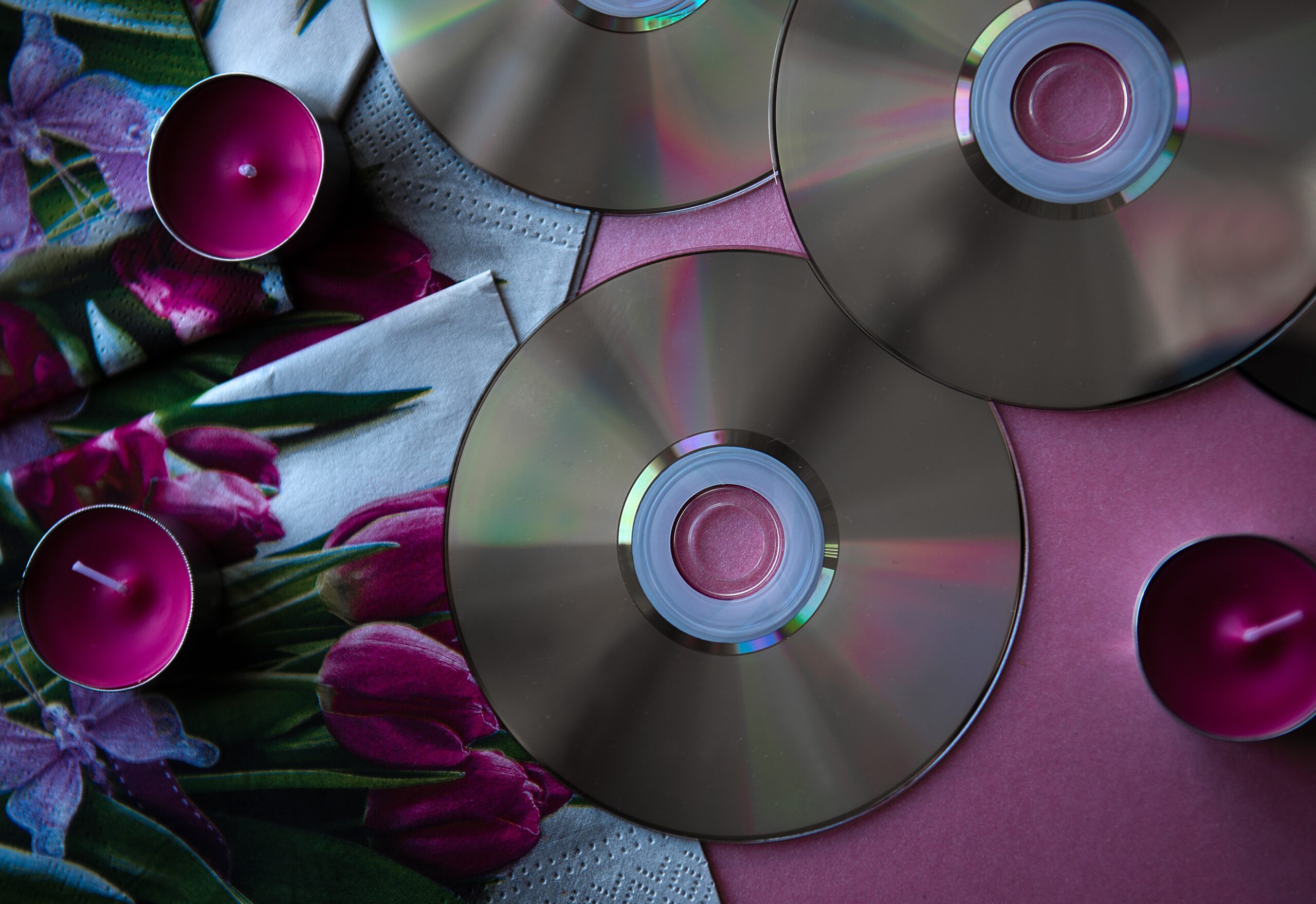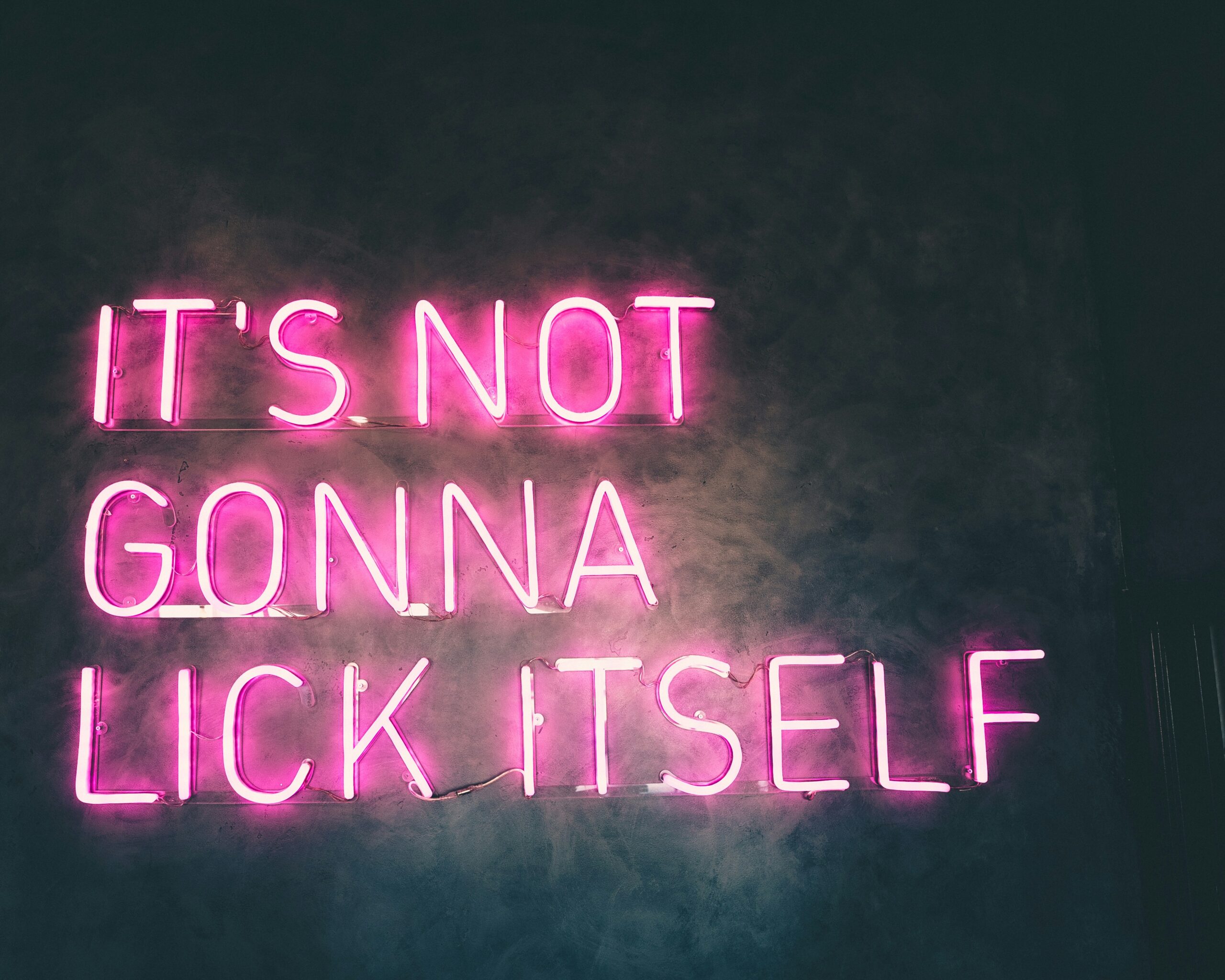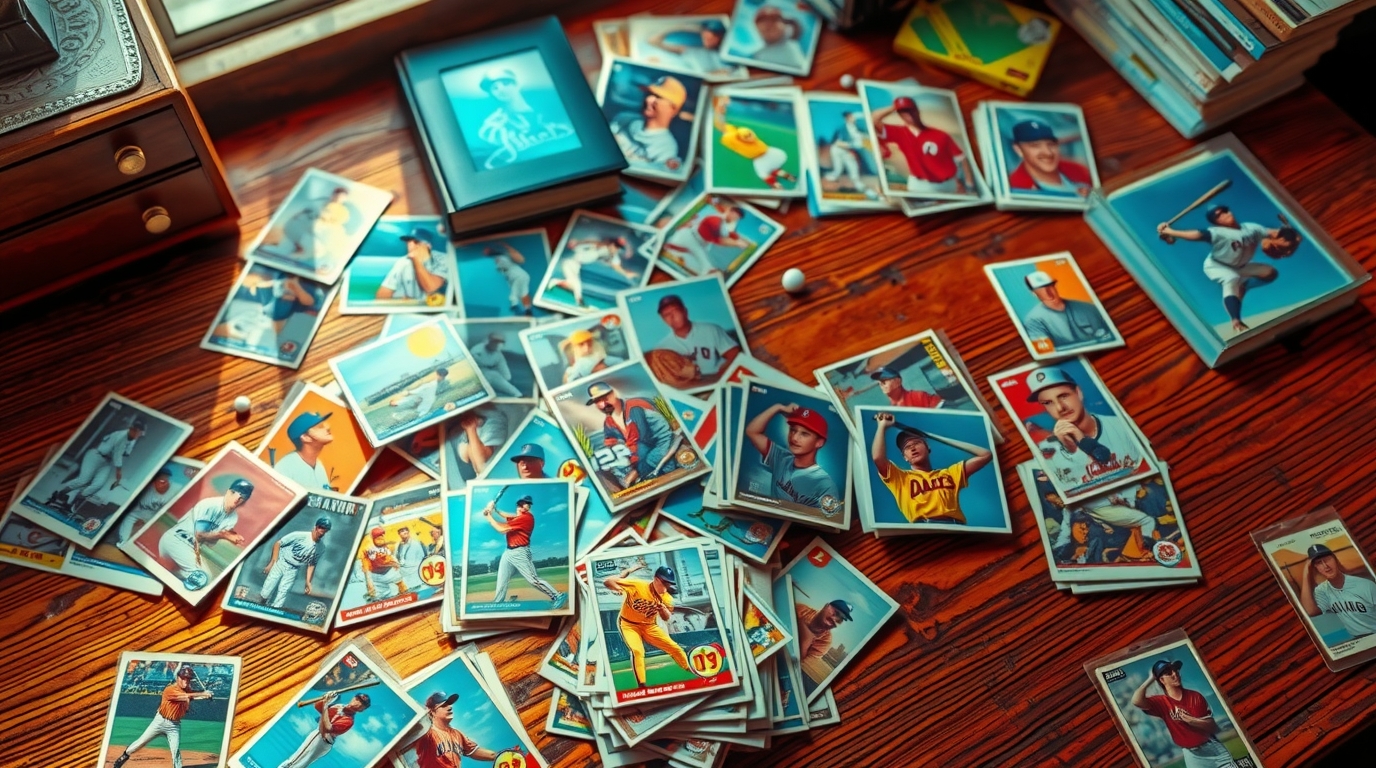Blast from the Past
10 Toys from the ’80s and ’90s That Would Never Be Allowed Today

The ‘80s and ‘90s were a golden age of toys—wildly creative, often ridiculous, and sometimes straight-up dangerous. Back then, safety standards were… let’s just say, more relaxed. Today’s kids will never know the thrill (or the slight existential risk) of playing with toys that could burn, blind, or concuss you. If you grew up during this time, congratulations on making it out unscathed. Here are ten of the most absurdly dangerous toys that would never make it to shelves today.
1. Lawn Darts (Jarts)
Let’s start with the most infamous of them all: Lawn Darts. The game was simple—throw large, weighted, metal-tipped darts toward a target on the ground. What could possibly go wrong? Turns out, a lot. These things were basically medieval weapons in a family-friendly package. By the late ’80s, they were responsible for multiple fatalities and countless injuries. The Consumer Product Safety Commission finally banned them in 1988, ensuring that future generations of kids would have to find less impaling-prone backyard games.
2. Creepy Crawlers (Original Version)
Sure, today’s Creepy Crawlers kits let kids make rubbery insects in a safe little oven, but the original ‘60s and ‘70s versions—revived in the ‘90s—were basically Easy-Bake Ovens designed by a mad scientist. The metal molds got scorching hot, and touching them could result in serious burns. Plus, the “Plasti-Goop” used to create the creepy creatures wasn’t exactly non-toxic. Good luck explaining to your parents why your fingertips were covered in blisters.
3. The Snacktime Cabbage Patch Doll
In the ‘90s, toy makers thought, “What if a Cabbage Patch doll could actually eat?” The result? A nightmare. The Snacktime Cabbage Patch Doll had a motorized mouth that would “chew” plastic snacks. The problem? It didn’t stop chewing. Kids’ hair, fingers, and even clothing got caught in the doll’s relentless jaws of doom. Mattel recalled the doll in 1997, but not before traumatizing an entire generation.
4. Sky Dancers
Sky Dancers were enchanting little fairy dolls that, when launched from their base, spun into the air in a beautiful, twirling flight. Sounds harmless, right? Wrong. These things had zero directional control, meaning they would shoot off at full speed toward whatever (or whoever) was in their way. Eyes were blackened, windows were shattered, and siblings were ambushed. The toy was recalled in 2000 after over 150 reported injuries, proving that unlicensed projectile fairies were, in fact, a bad idea.
5. Moon Shoes
Moon Shoes were basically miniature trampolines strapped to your feet, promising kids the ability to bounce like astronauts. What they actually delivered was a one-way ticket to sprained ankles and bruised tailbones. The design was flimsy, and the uneven bouncing often sent kids crashing to the ground. Yet, for some reason, they remained popular well into the ’90s. Who needs gravity when you have reckless abandon?
6. Skip-It
A deceptively simple concept—attach a plastic ball to your ankle with a rope, swing it around, and jump over it. Sounds fun, right? Until you miscalculated and whacked yourself in the shin with enough force to see your ancestors. Skip-Its were notorious for bruised legs and tripping hazards, and the harder you swung it, the worse the potential damage. Yet somehow, we all kept playing.
7. The CSI Fingerprint Examination Kit
Toys based on popular TV shows can be hit or miss, but the CSI Fingerprint Examination Kit was an actual health hazard. The powder included for dusting fingerprints contained asbestos. Yep, the same toxic substance linked to lung disease was packed into a children’s toy. It was recalled in 2007, but not before horrifying parents who thought they were buying a harmless detective kit.
8. Pogo Balls
Ah, the Pogo Ball—a rubber ball sandwiched between two plastic discs that you stood on and bounced around like a human kangaroo. In theory, it was a fun, active toy. In practice, it was a surefire way to land face-first on concrete. The balance required to successfully use one was borderline superhuman, and most kids ended up with scraped knees, bruised elbows, and a newfound distrust of gravity.
9. The Atomic Energy Lab
This one goes back to the ‘50s, but its sheer absurdity earns it a place on the list. The Gilbert U-238 Atomic Energy Lab came with actual uranium ore samples so kids could experiment with radioactivity at home. Yes, you read that correctly—radioactive materials. Unsurprisingly, this toy didn’t last long on the market, and it remains one of the most bafflingly dangerous playthings ever sold.
10. Water Wiggle
A seemingly innocent water toy, the Water Wiggle was a hose attachment with a weighted nozzle that wiggled and sprayed water unpredictably. The problem? That unpredictable movement sometimes meant it would launch itself directly at kids’ faces at high speed. In rare cases, the nozzle even got stuck in kids’ mouths, leading to a tragic recall in the ’70s. Today, water toys tend to be a bit less… violent.
A Moment to Reflect
Looking back, it’s a wonder any of us made it through childhood with only a few permanent scars (physical or emotional). These toys were wild, dangerous, and sometimes downright irresponsible—but they were also fun. Today’s kids may have safer playthings, but they’ll never know the thrill of putting their own bodies on the line for a good time!
Blast from the Past
The Lost Art of the ’90s Mix CD

Long before Spotify playlists and algorithm-driven “Discover Weekly” mixes, there was the mix CD—a shiny, handcrafted token of your musical taste and emotional state. For ’90s kids and early 2000s teens, burning a CD wasn’t just about copying songs onto a disc. It was a sacred ritual, a labor of love, and sometimes, a dramatic cry for attention.
The mix CD was the love letter, the party starter, the breakup soundtrack, and the ultimate road trip companion. It told a story, track by track, carefully sequenced to deliver just the right emotional arc. And if you were lucky enough to receive one? That was basically the equivalent of someone handing you their heart on an 80-minute platter.
Let’s rewind and celebrate the lost art of the ’90s mix CD—and why we secretly miss it.
1. Crafting the Perfect Playlist (Before It Was Easy)
Today, you can drag and drop songs into a playlist in seconds. But in the ’90s, burning a CD meant curation with purpose. You had 700 MB of space (or about 18-20 songs if you were sticking to standard audio format). Every track counted.
There were no “shuffle” options—your tracklist was your narrative. You had to think about the opening song (it needed to hook the listener), the pacing, the build-up, the emotional peaks, and the perfect closer. Did you end on a soft ballad to leave them in their feelings, or on a high-energy banger to make them hit repeat?
Making a mix CD wasn’t passive. It required intent, creativity, and a little soul-searching.
2. The Drama of LimeWire, Napster, and Sketchy Downloads
Getting the songs for your mix wasn’t always as easy as pulling up a digital library. In the late ’90s and early 2000s, you were often at the mercy of Napster, LimeWire, Kazaa, or whatever shady file-sharing service your dial-up connection could tolerate.
Every download was a gamble: Would you get the full song? Would it randomly cut off at 1:42? Did you accidentally download a weird live version with audience screams drowning out the vocals?
And let’s not even talk about computer viruses, and how many of those we downloaded on accident…
3. The Handwritten Tracklist: A Window Into Your Soul
Sure, the mix itself was important—but the presentation was just as crucial. The handwritten tracklist on the inside of the jewel case or scribbled across the CD-R itself? That was where the magic lived.
Would you go with block letters? Bubble letters? Color-coded pens? Maybe throw in a doodle of a broken heart or some stars? The effort you put into the cover art and tracklist was a direct reflection of how much you cared (or how much you wanted to look like you didn’t care).
Bonus points if you titled the mix something poetic like “Summer Nights ’99” or “Songs for When You’re Not Around.” Maximum drama.
4. The Unspoken Messages Hidden in the Mix
Mix CDs were often love letters in disguise. Every song choice could feel like a secret message. Were you telling your crush that a song reminded you of them? Did including a specific song relay the message that you were in love? That you were confused? That you were pissed?
The sequencing itself was part of the message. Slotting “I Want You to Want Me” right after “Friends Forever” wasn’t accidental—it was a carefully calculated emotional rollercoaster.
You could say things with a mix CD that you were too chicken to say out loud. It was teenage vulnerability burned onto a disc.
5. The Risk and Reward of Gifting a Mix CD
Giving someone a mix CD was a bold move. You were putting your tastes and feelings out there for judgment. Would they listen to it on repeat and fall madly in love with you—or toss it into the glove compartment and forget it existed?
Even worse: Would they think your song choices were cringe? Did they think you were nuts?
But when it worked? When your mix hit just right and they actually got it? That feeling was unbeatable.
6. The Joy of Listening Front to Back
Unlike playlists today that often get shuffled, a good mix CD was designed to be listened to from start to finish. Each song led to the next, creating a vibe, a journey. There was anticipation: You knew what was coming after that third track, and the transition felt just right.
This sequencing made certain song pairings iconic in your mind. To this day, hearing “Bittersweet Symphony” might still remind you of whatever song you slotted right after it on your “End of Summer ’98” mix.
Final Thoughts
The mix CD was the spiritual successor to the mixtape, but it came with the power of digital precision. It lived in that perfect moment between analog and digital, between effort and technology. Making one wasn’t about hitting “shuffle” or asking an AI to recommend songs—it was about pouring your heart, your taste, and your creativity into 80 minutes of sonic storytelling.
So here’s to the lost art of the ’90s mix CD. May your old burned discs still spin, and may we never forget the feeling of holding someone’s emotions in a jewel case labeled “For You.”
Oh, and if you still have one of your old mixes? Go ahead—pop it into a dusty CD player you have chilling in the garage (if it still works). Those feels still hit hard.
Blast from the Past
Licking the Cold Metal Pole – The Ultimate Double Doggy Dare
Who else put their pocket money on the line?

Does Licking the Rusty Pole at School Really Make Your Tongue Stick?
We all knew that kid. The one who, on a dare, pressed their tongue to the cold, rusted metal pole on the playground in the dead of winter. The result? Panic, screaming, and an unfortunate trip to the nurse’s office (or worse, a teacher with a cup of warm water). But was it really an urban legend? Or was there actual science behind the whole frozen-tongue fiasco?
Let’s break it down and finally settle the mystery of whether licking a rusty, frozen pole really makes your tongue stick—and why.
The Science of Sticking
The short answer? Yes. Licking a cold metal pole under the right conditions will cause your tongue to stick. And there’s a pretty simple scientific reason behind it.
Metal is an excellent conductor of heat, meaning it quickly absorbs warmth from whatever touches it—including your tongue. In frigid temperatures, metal gets so cold that it can instantly freeze any moisture that comes into contact with it. Your tongue, being nice and damp, makes the perfect candidate for this science experiment gone wrong.
When you lick the pole, the saliva on your tongue freezes almost instantly, creating a bond between your tongue and the metal. The result? You’re stuck, and no amount of panicked yanking is going to set you free easily. If you pull too hard, you risk leaving behind a bit of skin (ouch), and let’s be honest, nobody wants to be that person.
But What About Rust?
Now, if you grew up in the ‘80s or ‘90s, chances are the poles on your school playground weren’t just cold—they were rusty too. So, did rust make it more or less likely that your tongue would stick?
Rust itself doesn’t change the science of freezing, but it does make the experience even grosser. Rust is simply iron oxide, and while small amounts of it aren’t necessarily dangerous, it’s definitely not something you want in your mouth. Plus, rusty surfaces tend to be rough and uneven, which means they might actually increase the contact points between your tongue and the metal, making the bond even stronger. In other words, licking a rusty pole might not only get you stuck—it might get you really stuck.
Did Every Kid Try This?
While it might not have happened to everyone firsthand, everyone knew someone who got their tongue stuck. The story is so widespread that it even made its way into pop culture, most famously in A Christmas Story, where poor Flick learns the hard way that double-dog dares should never be taken lightly.
Even though we all heard the warnings, there was always that one kid who had to test it out. Maybe it was curiosity, maybe it was peer pressure, or maybe it was just the undying need to see if what our older siblings told us was true.
The Verdict: Myth or Fact?
Fact. It turns out, this was one of the few schoolyard myths that was completely real. Freezing temperatures, metal poles, and a curious tongue equal instant regret. So, if you ever get the urge to test this old playground legend as an adult (hey, no judgment), just remember—you now have the wisdom to avoid that particular mistake.
And if you did fall victim to the frozen pole in your youth, wear it as a badge of honor. You were part of an exclusive club of kids who learned an unforgettable lesson in physics… the hard way.
Blast from the Past
Where Have All the Baseball Cards Gone?

The Rise and Fall of Baseball Cards: From Treasure to Tragedy
There was a time when baseball cards weren’t just pieces of cardboard—they were currency, status symbols, and tiny portals into the world of America’s pastime. If you grew up in the ’80s or early ’90s, you probably remember the thrill of tearing open a fresh wax pack, the intoxicating scent of cheap gum, and the hope that you might find a Ken Griffey Jr. rookie card or a Don Mattingly gem hidden inside.
But somewhere along the way, the baseball card industry went from a booming phenomenon to an overproduced cautionary tale. Today, most of those once-prized collections are gathering dust in attics, their values nowhere near the goldmine we all once imagined. So what happened? How did baseball cards go from playground gold to nearly worthless relics of a bygone era? Let’s take a trip down memory lane—and examine where it all went wrong.
The Golden Age of Baseball Cards
In the early-to-mid 20th century, baseball cards were an essential part of childhood. Kids collected them, traded them, and even stuck them in bicycle spokes for that satisfying “motor” sound. Cards from the ’50s and ’60s—like the legendary 1952 Topps Mickey Mantle—became some of the most valuable collectibles of all time, setting the stage for what would later become a full-blown card craze.
By the 1980s, the hobby had evolved into something bigger. Topps, Fleer, and Donruss were producing high-quality sets, and by the late ’80s, Upper Deck entered the scene, introducing premium cards with sharp photography and holograms. Card shops popped up everywhere, and suddenly, collecting wasn’t just for kids—it was an investment.
The media and magazines hyped up certain cards as “must-haves,” fueling a new wave of collectors who saw dollar signs instead of childhood joy. People started hoarding unopened boxes, convinced that these little rectangles of cardboard were their ticket to early retirement. And then… the bubble burst.
The Overproduction Era: A Cardboard Catastrophe
By the early ’90s, baseball card companies saw the demand and did what any business would do: they flooded the market. Millions of cards were printed. Then tens of millions. Then hundreds of millions. Every kid with a shoebox full of cards thought they were sitting on a fortune, but the reality was far less glamorous—when supply outweighs demand, value plummets.
This period—known as the “junk wax era”—saw an explosion of mass-produced, low-value cards that are now worth little more than their nostalgic appeal. Collectors who had hoarded boxes expecting them to appreciate in value were left with stacks of worthless cardboard.
And it wasn’t just overproduction that hurt the industry. By the mid-to-late ’90s, baseball itself was suffering. The 1994 strike, followed by steroid scandals, chipped away at the sport’s integrity, and as interest in baseball waned, so did interest in collecting its cards.
The Modern Resurgence—And Why It’s Not the Same
Fast-forward to today, and you might hear whispers about a resurgence in the card-collecting hobby. But while there has been renewed interest—especially in high-end, limited-run cards—the nature of the market has changed.
Companies like Topps and Panini have embraced a new strategy: exclusivity. Instead of mass-producing millions of identical cards, they now release short-print, limited-edition cards, often autographed or featuring jersey swatches. This keeps values high, but it’s also made the hobby less accessible.
Whereas kids once bought packs for pocket change, today’s “chase” cards are often locked behind expensive boxes that can cost hundreds of dollars. The fun of ripping open a pack and hoping for a legendary pull has been replaced by a business-driven, speculative market that caters more to deep-pocketed collectors than to everyday fans.
The Legacy of Baseball Cards
Despite the decline of the casual collecting culture, baseball cards still hold a special place in our memories. Even if those shoeboxes of junk wax aren’t worth much, they represent something priceless: a time when the simple joy of finding your favorite player’s card was more important than its value.
Maybe the lesson here is that collectibles should be about passion, not profit. The real treasure wasn’t in the investment—it was in the experience. And maybe, just maybe, that’s why we still hold onto them in our memories, even when we know they never did manage to make us rich.
-

 Let's Settle It1 month ago
Let's Settle It1 month agoTop 10 Cheat Codes That Would Be Awesome in Real Life
-

 Blast from the Past1 month ago
Blast from the Past1 month agoRemembering the Perfect Friday Night: Pizza and the Video Stores in the 90s
-

 Blast from the Past1 month ago
Blast from the Past1 month agoWhere Have All the Baseball Cards Gone?
-

 Blast from the Past1 month ago
Blast from the Past1 month agoLet’s Talk About the Zipper
-

 Blast from the Past1 month ago
Blast from the Past1 month agoLicking the Cold Metal Pole – The Ultimate Double Doggy Dare
-

 Blast from the Past1 day ago
Blast from the Past1 day agoThe Lost Art of the ’90s Mix CD
-

 Dollhouse Diaries1 day ago
Dollhouse Diaries1 day agoHow ’90s Mall Culture Shaped a Generation of Girls
-

 High Score1 day ago
High Score1 day agoTop 10 School Lunch Items from the ’90s (and their trade value) That Made Lunchtime Legendary




